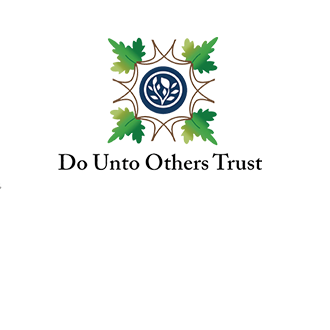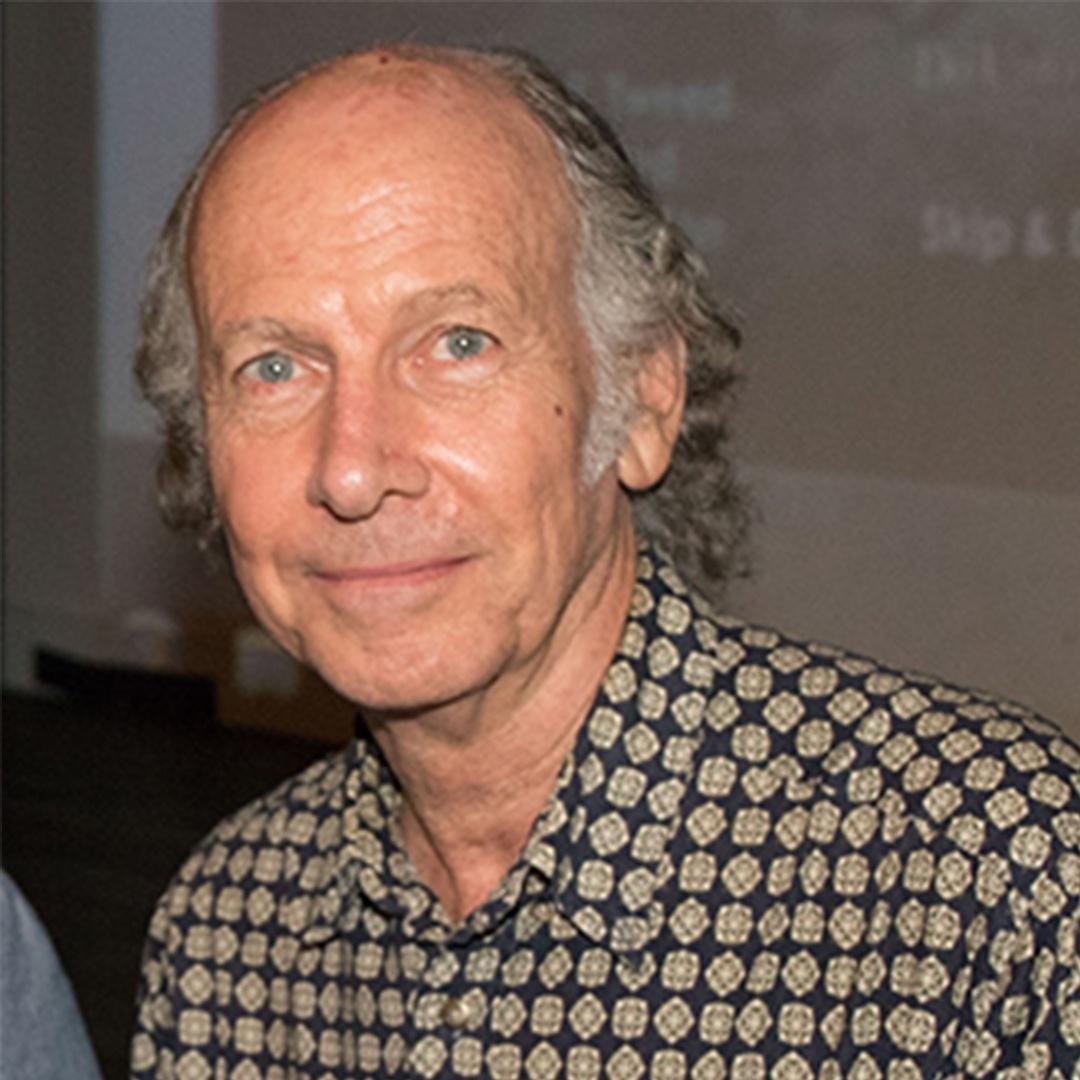Episode 1102: Toxic Waters
Florida experiences many types of harmful algal blooms, some of them annually. Several species of algae, like sargassum, aren’t toxic, but can cause economic and environmental stress when they pile up on beaches and clog up coastlines. Others, like red tide and blue-green algae, release neurotoxins, causing massive wildlife kills and affecting beachgoers.
While residents demand answers from their local and state officials, scientists are studying what causes the blooms in the first place and what needs to be done to stop them. Experts are also uncovering alarming evidence that some of these harmful algal blooms have serious impacts on human health, making their research more critical than ever.
Experts
Meet the experts featured in this episode.









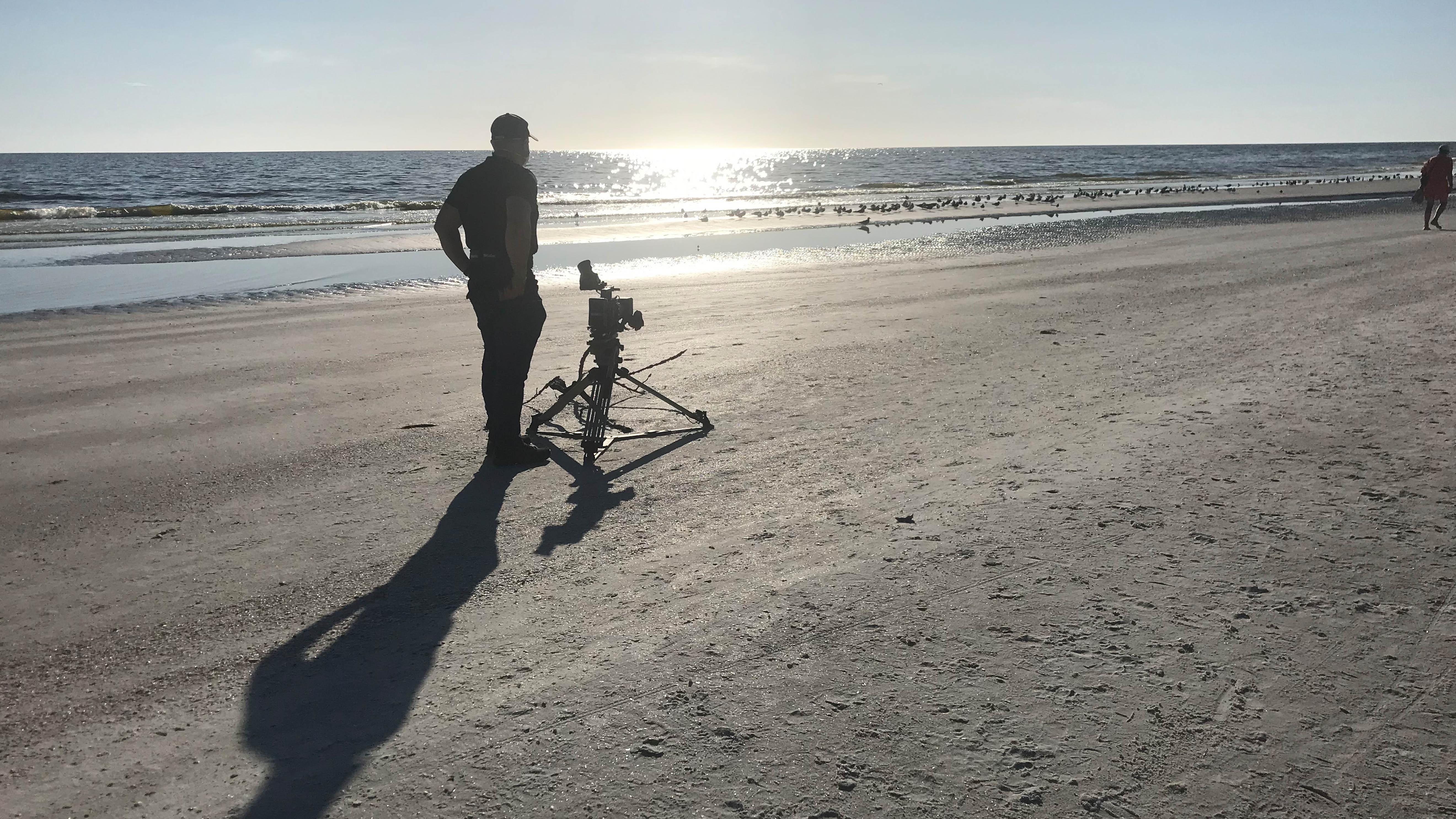






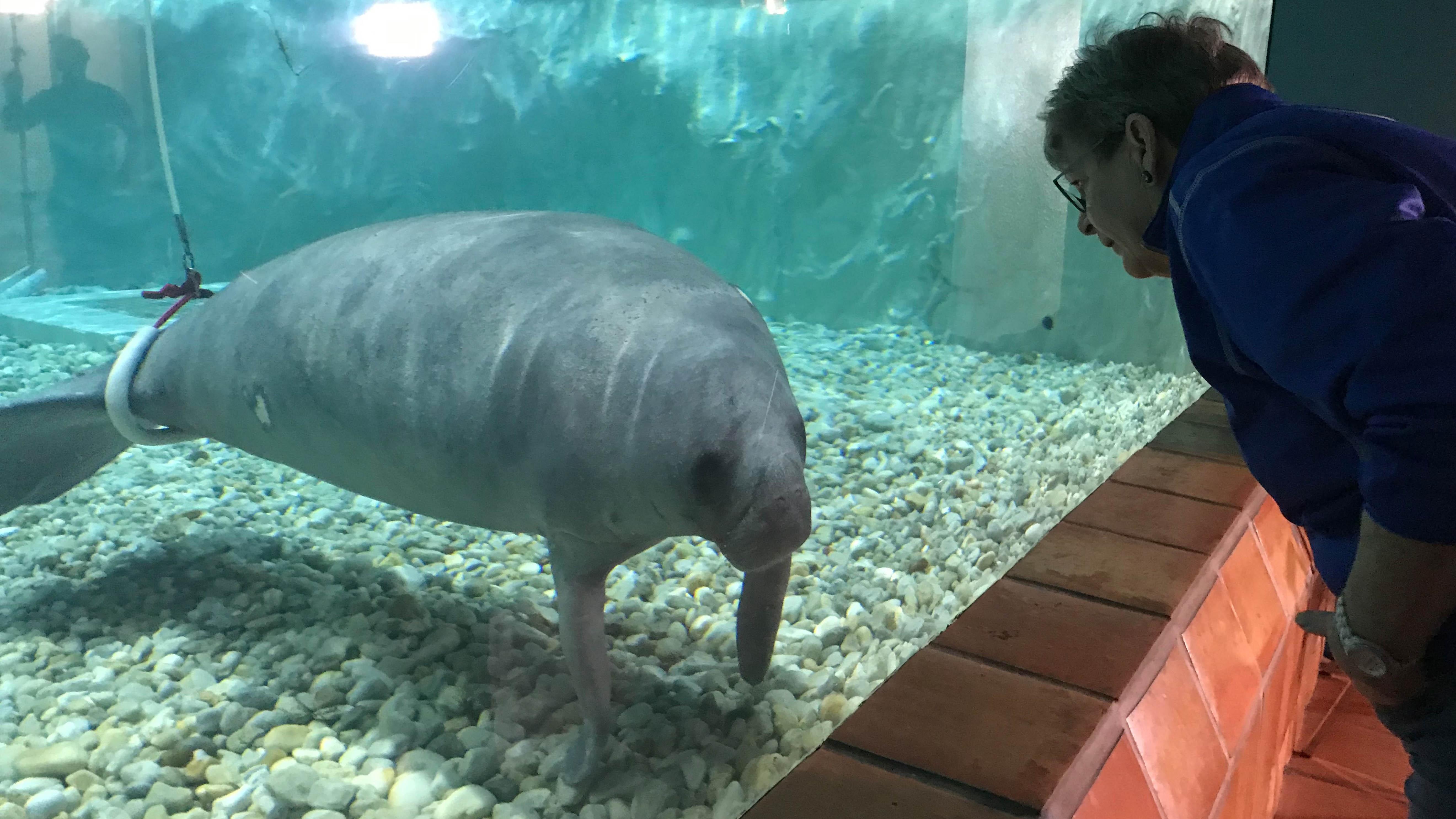




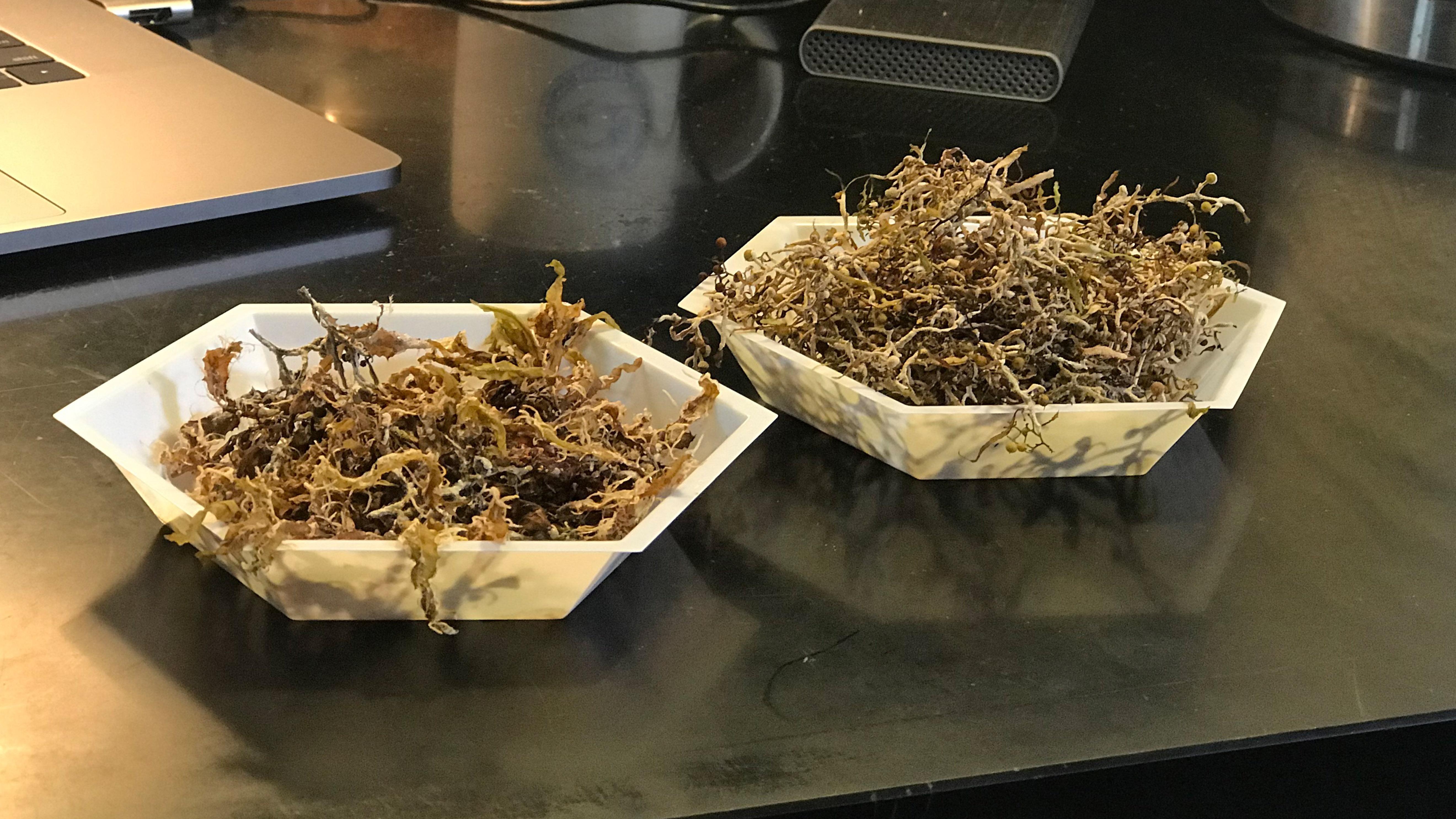






Special Thanks:
Homewood Suites by Hilton Sarasota
3470 Fruitville Road
Sarasota, FL
(941) 365-7300
Hutchinson Island Plaza Hotel & Suites
1230 Seaway Drive
Hutchinson Island
Fort Pierce, FL 34949
(772) 595-0711
Looe Key Reef Resort & Dive Center
27340 Overseas Hwy
Ramrod Key, FL 33042
(305) 872-2215
Image Credits
Changing Seas would like to thank the following individuals and institutions who kindly allowed their footage, images and other media to be used in this production:
Jeff Gammons
Dana Leworthy
Save Our Seabirds, Inc.
Carlos Monzon-Aguirre
Mote Marine Laboratory
Joe Nickelson
Mote Marine Laboratory
David Pilston
Save Our Seabirds, Inc.
Dick Powell
Helena Svedin
Vanessa and Johnny: Photography and Video
WPTV
Allison Baird
Mote Marine Laboratory
Kate Boicourt
Jose Castro, Ph.D.
NOAA Fisheries
Bianca Cruz
Meaghan Faletti
Florida Fish and Wildlife Conservation Commission
Conor Goulding
Mote Marine Laboratory
Rachel Ionata
Brian Lapointe, Ph.D.
Vince Lovko
Mote Marine Laboratory
Malcolm McFarland, Ph.D.
Terry Ross
James Sullivan, Ph.D.
Benjamin Szentpaly
Martha Watkins Gilkes
Special Thanks:
Diana Rose Udel
South Florida Museum
Funding for this episode of Changing Seas was provided by:

